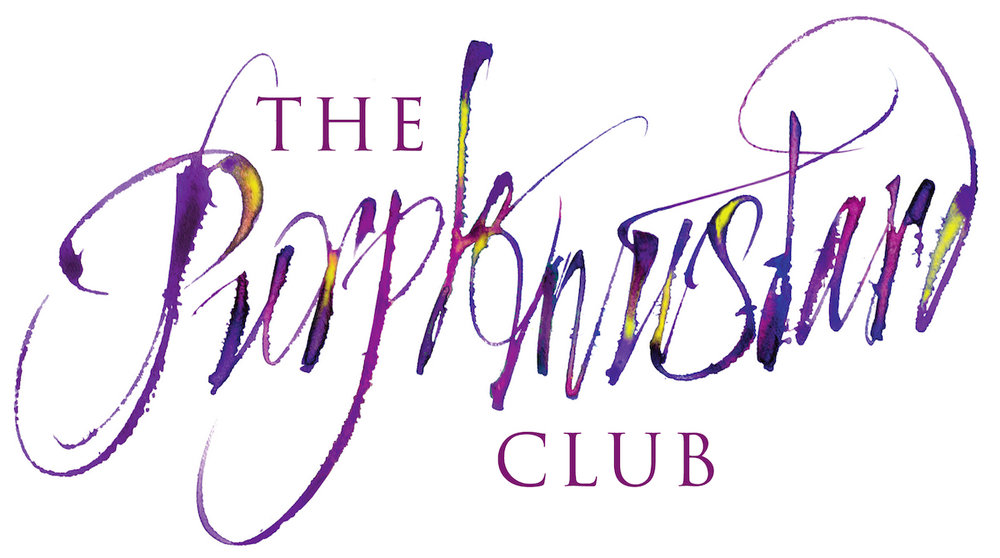History
We are often asked by our guests at Les Deux Chevres in Gevrey Chambertin, whether Dijon is worth a visit. And it is true, the city is something of an enigma. Back in the 6c, protection from intruders was provided by 5m wide walls. More recently, the walls have been replaced by an impenetrable one way traffic system, which works in tandem with car parks built on the assumption that all visitors drive Fiat Pandas or similar. The fact that Dijon is only 1.5 hours from Paris by TGV, has a magnificently preserved medieval quarter, one of the best markets in France, and a charm all of its own, seems to have been lost on the international luxury travel market.
However, the city has found a new focus (or rather re-found an old focus), and like a sleeping giant, stirs from its slumber. And yes, it’s all about wine! In the Middle Ages, it was Dijon, not Beaune, that was synonymous with wine from Burgundy. The wines of the Cote de Nuits were marketed under the brand ‘D’, for Dijon. Gevrey Chambertin was sold as Dijon wine. And around Dijon itself, there were 1,600 hectares of land under vine.
What happened? Well, in the 19c, at a time when viticulture in France was suffering the crisis associated with the spread of the vineyard bug phylloxera, the city of Dijon was expanding, and most of these vineyards were lost to urbanisation or alternative agricultural use.
However there are now plans initiated by Dijon Ville, to restore some 300 hecatares of this prime terroir, and to plant it with Pinot and Chardonnay. Bearing in mind the price of the vineyards just around the corner, there should be no shortage of purchasers willing to invest in the re-invention of Dijon for sustainable wine production. Most of the land is virgin territory i.e. has not suffered chemical pollution at the hands of the 'sprayers' and 'treaters'. And if this was anywhere but France, where things proceed at an altogether more measured pace, a land grab would already be well underway!
An Organic and BIodynamic Domaine
In 2013 Dijon Ville purchased the vineyard La Cras, at Plombieres-les-Dijon, on slopes leading down to the river Ouche. Marc Soyard, who learned his wine making skills in Vosne Romanee, was installed as the wine maker. From the outset Marc engaged in biodynamic viticulture - Bravo Mark and Bravo Dijon. He now has 2 cuvees of white and 4 of red, planted on 10 hectares, with more plantings in the offing. Other recognised wine makers from the Cote de Nuits are also appreciating the possibilities and moving in. And if the choice is between a prime site of well priced Cotes de Dijon, or some overvalued land alongside the 974 - not such a difficult decision really!
The Wines
There are two red cuvees - a Bourgogne and a Cote de Nuits. To make both Marc includes 100% whole bunches, and no sulphur. The results are stunning - structured wines with great fruit and integrated tannins, that even at this level will require several years ageing before their potential is realised.


























